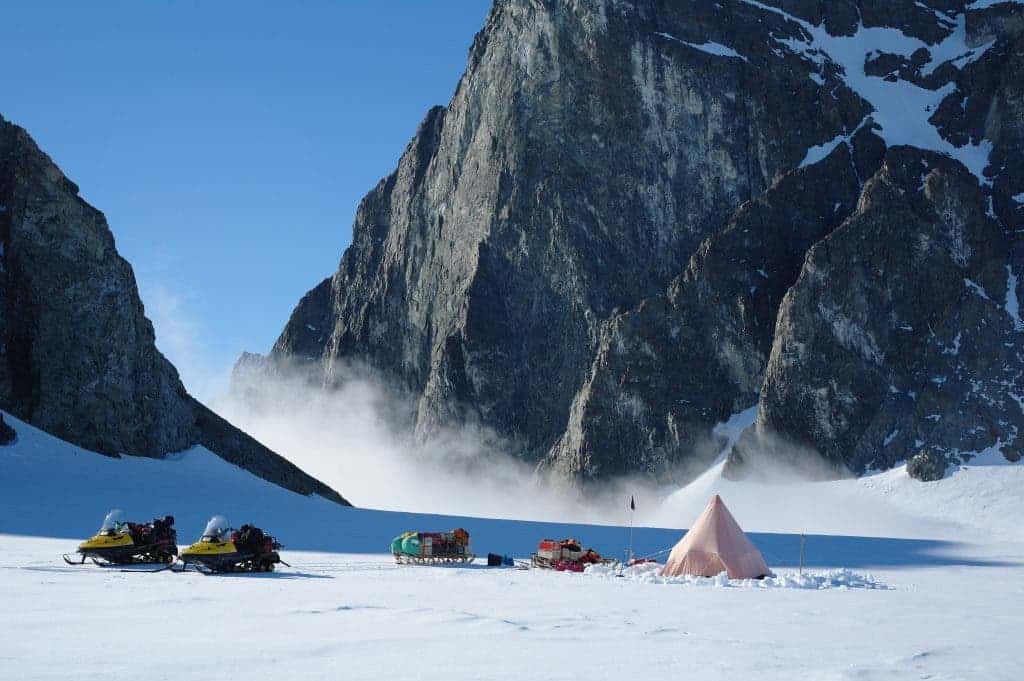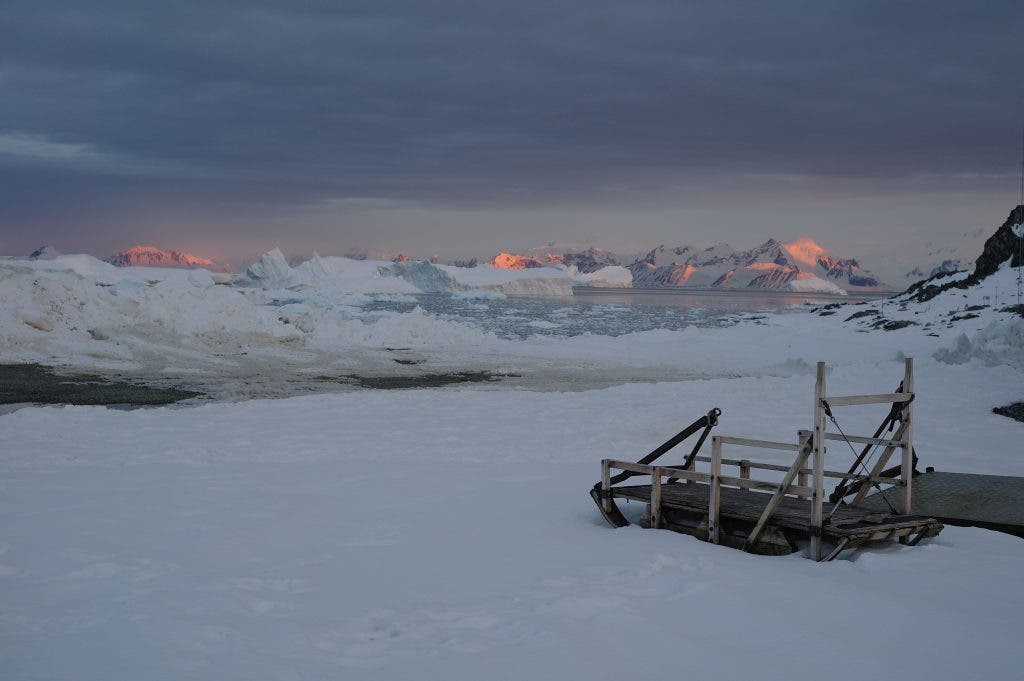Researchers have quantified how much ice the Antarctic has lost in the past 26 years, and it’s an ungodly amount: 3,000,000,000,000 tons. This is the most complete picture of Antarctic ice sheet change to date — 84 scientists from 44 international organizations combined 24 satellite surveys to produce the assessment.

As any teenager who hasn’t failed his science class should be able to tell you, rising temperatures lead to melting ice, and this is easy to spot in the Antarctic, as well as in many other places around the world. Antarctica’s ice sheets have enough ice to raise sea water levels by 58 meters, and we’re already seeing the start of this process.
Since 1992, 3 trillion tons of ice have melted, corresponding to a rise of 8 millimeters. While that may seem like a trivial amount, it’s important to note that this is global sea level, which is actually a huge amount.
Antarctica’s ice sheets are also regarded a key indicator of climate change and a driver of sea-level rise. Since 1989 more than 150 calculations and estimates have been made, this one being the latest.
Using 24 independent satellite-observation-based estimates of ice-sheet mass balance determined within the period of 1992–2017, researchers from the Ice sheet Mass Balance Inter-comparison Exercise (IMBIE) have analyzed Antarctica’s melting, finding that ocean-driven melting led to a tripling of ice-loss rates from West Antarctica, from 53 billion to 159 billion tonnes per year. This ice loss rate has also increased from 7 to 33 billion as a result of ice sheet collapse.
Co-author Professor Martin Siegert from the Grantham Institute – Climate Change and the Environment at Imperial said: “Some of the changes Antarctica will face are already irreversible, such as the loss of some ice shelves, but there is a lot we can prevent or reverse.
“To avoid the worst impacts, we will need strong international cooperation and effective regulation backed by rigorous science. This will rely on governments recognising that Antarctica is intimately coupled to the rest of the Earth system, and damage there will cause problems everywhere.”

Image Credits: Hamish Pritchard, BAS.
Researchers depict two scenarios: one in which tight regulations have been implemented, and one in which they haven’t. According to their analysis, by 2070, the Antarctic will look drastically different depending on what scenario takes place. Under the high emissions and low regulations narrative, Antarctica and the Southern Ocean undergo widespread and rapid change with global consequences:
- By 2070, warming of the ocean and atmosphere will cause dramatic loss of major ice shelves, leading to increased loss of grounded ice from the Antarctic Ice Sheet and causing a global acceleration in sea level rise.
- As the planet continues to warm up, sea ice retreats more and more, and ocean acidification is taking a huge toll on marine environments.
- An unexpected problem emerges as unrestricted growth in the human use of Antarctica has degraded the environment and introduced invasive pests.
Under the low emissions and tight regulations narrative, Antarctica 2070 looks just like in the early 2000s.
- Antarctica’s ice shelves have remained intact, slowing the loss of ice from the ice sheet and reducing the threat of sea level rise.
- Ocean acidification has not worsened and Antarctic ecosystems have remained intact.
- Human pressures on the Antarctic are managed by an increasingly collaborative and effective governance regime.
Professor Siegert said:
“If the political landscape of a future Antarctica is more concerned with rivalry, and how each country can get the most out of the continent and its oceans, then all protections could be overturned.”
“However, if we recognise the importance of Antarctica in the global environment, then there is the potential for international co-operation that uses evidence to enact changes that avoid ‘tipping points’ – boundaries that once crossed, would cause runaway change, such as the collapse of the West Antarctic Ice Sheet.”
The assessment, led by Professor Andrew Shepherd at the University of Leeds and Dr. Erik Ivins at NASA’s Jet Propulsion Laboratory in California, was supported by the European Space Agency (ESA) and the US National Aeronautics and Space Administration (NASA). The importance of space agencies in assessing these environmental scenarios remains of crucial importance.
At the end of the day, it’s up to us as a society to decide which of the two scenarios we will experience.
The study “Mass balance of the Antarctic Ice Sheet from 1992 to 2017” has been published in Nature.



